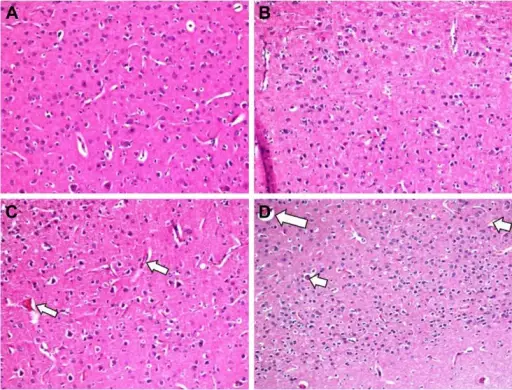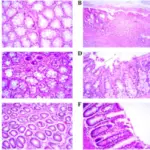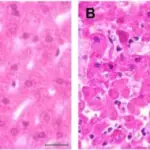Congestion is a general term that refers to a feeling of stuffiness in the nasal or breathing passageways.
What is the Pathology of Congestion?
The pathology of congestion is:
-Etiology: The cause of congestion is typically increased blood volume to the vessels that line the passages inside the nose in response to allergies, or infections.
-Pathogenesis: The sequence of events that lead to congestion is the physical obstruction of nasal passages, or mucosal inflammation.
How does Congestion Present?
Patients with congestion typically are either males or females present in the age range of all age groups. The symptoms, features, and clinical findings associated with congestion include a feeling of fullness in the face, headache, and dull hearing.
How is Congestion Diagnosed?
Congestion is diagnosed based on the symptoms and a physical exam.
How is Congestion Treated?
Congestion is treated with decongestants such as pseudoephedrine or antihistamines.
What is the Prognosis of Congestion?
The prognosis of congestion is good.



